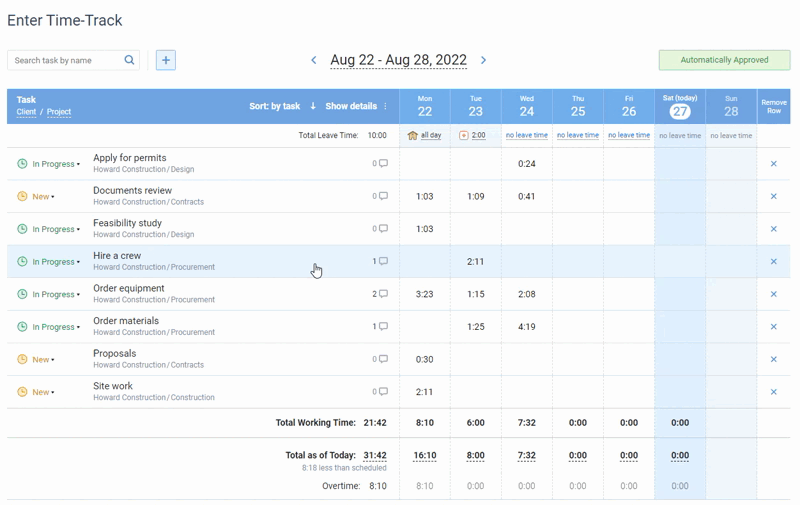
Projects may seem overwhelming to manage if they are big in their size and scope. Work breakdown structure (WBS) allows managers to break down projects into manageable parts, estimate them, assign these tasks to team members and track the work progress. With our free work breakdown structure template, you’ll be in control of every stage of your projects.
What Is Work Breakdown Structure?
Work breakdown structure (WBS) is a project management method for deconstructing and visualizing complex projects. The goal of WBS is to make projects more manageable by breaking them down into smaller tasks that can be done simultaneously by different team members.
Work Breakdown Structure Design Principles
Every WBS should meet the following criteria to serve as an effective project management tool:
- 100% rule. Every WBS should include 100% of the work defined by the project scope. Otherwise, all project development, planning and evaluation will be inaccurate.
- Two- or three-level structure. Even the most complex projects can be broken down into two- or three-level item structures where every lowest level element takes between 8 and 80 hours of work.
- Strict hierarchy. The sum of the “child” elements should be equal to their “parent” element.
- Three types of WBS: phase-based (ex. 1. Planning, 2. Execution, 3. Closeout), deliverable-based (ex. 1. Unified CRM, 2. Back-Office Suite, 3. User Manual) and responsibility-based (ex. 1. Project Management Team, 2. Project Team, 3. Testing Team).
- No overlapping items. If any elements recorded in the WBS overlap, it may result in inaccurate project cost calculations, duplicated work, incorrect time estimations.
Benefits of Using Work Breakdown Structure
A well-defined WBS brings the following project management benefits:
- WBS is an essential tool for defining the project scope. It gives you a clear picture of the project and prevents misunderstanding with the teams and clients.
- WBS allows you to time and cost-estimate your projects accurately, minimize cost overruns and conflict with clients.
- WBS includes the data required to build reliable project schedules, minimize delays and reduce the risk of projects failing to meet goals and objectives.
- WBS is a great tool to manage internal and outsourced resources.
- WBS can also be used as a brainstorming and collaboration tool to make the most of the team and client engagement.
If you don’t use any time and project management system for project scheduling and team management, try our free Project Schedule Template for MS Excel and Google Sheets.
How to Use Work Breakdown Structure Template
- Define project goals. Identify key project milestones or deliverables.
- Identify high-level elements. Break down your project according to phases, deliverables or responsibilities.
- Break down these items into more digestible tasks, items or stages.
- Estimate your items using start and due dates or the approximate number of hours. Make sure that every item takes no less than 8 hours and no more than 80 hours of effort.
- Identify sequential and parallel tasks. If you have enough resources, you can schedule as much work in parallel as you sensibly can to minimize delivery time.
- Assign tasks to your teammates. Pay attention to start and end dates to minimize chances of unexpected bottlenecks.
- Give your team access to the WBS and ask them to regularly fill in the progress column for their tasks.
- Build the project diagram illustrating project stages to visualize your project structure and progress if necessary.
Automate Your Project Management Efforts
Excel and Google Sheets are reliable but time-consuming tools for managing projects. Instead, consider actiTIME – time and project management tool for businesses that allows to automate time tracking, task management, billing and accounting.

Online timesheet interface in actiTIME where every user can select task parameters
they want to see in their timesheets
Assign estimates and deadlines, monitor project progress using Kanban boards, compare estimated and actual time and calculate project cost in a few clicks. Explore all actiTIME features – start your free 30-day trial (no credit card required).












































